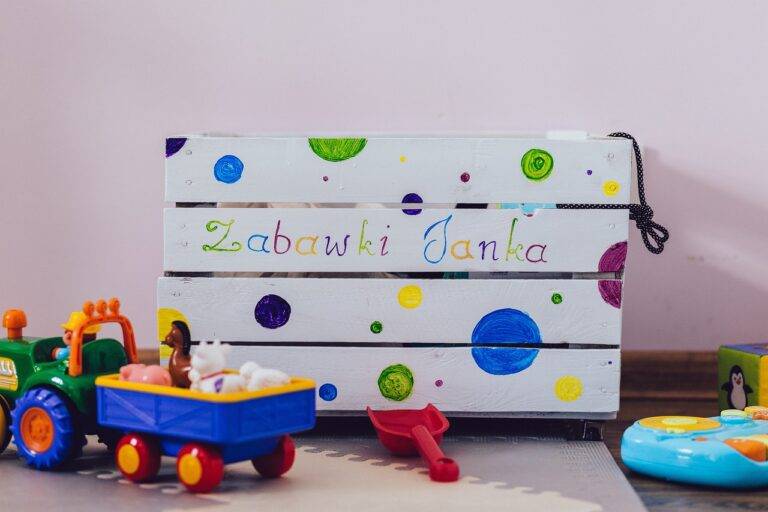How to Create a Minimalist Home Library or Reading Nook
When designing a functional layout for a space, it is essential to start by considering the purpose of the area and how it will be used. Each room or area should have a clear function, whether it be for cooking, relaxing, working, or sleeping. Organize the furniture and items in a way that supports the intended activities and allows for easy movement within the space.
Efficiency is key when creating a functional layout. Arrange furniture in a way that minimizes clutter and maximizes usability. Consider traffic flow and ensure that there are clear pathways throughout the room. By prioritizing functionality and practicality in the layout design, you can create a space that is not only aesthetically pleasing but also serves its purpose effectively.
Select a Neutral Color Scheme
Neutral color schemes are widely favored for their ability to create a harmonious and versatile aesthetic in any space. When choosing a neutral color palette, consider hues such as whites, creams, grays, and soft beiges. These colors serve as a perfect backdrop that allows other design elements to shine while promoting a sense of tranquility and sophistication.
Incorporating neutral colors into your design can help create a clean and timeless look that complements a variety of styles. Neutral tones can be played up or toned down depending on the desired ambiance, making them a versatile choice for any room. By selecting neutral colors for your color scheme, you can achieve a sense of balance and elegance that will stand the test of time.
Why is it important to select a neutral color scheme?
Selecting a neutral color scheme can create a calming and timeless look for your space. It also allows for easy coordination with other decorating elements.
How can I design a functional layout for my space?
To design a functional layout, start by considering the purpose of the space and the flow of traffic. Keep furniture arrangements practical and make sure there is enough space for movement.
What are some examples of neutral colors?
Neutral colors include white, beige, gray, and taupe. These colors are versatile and can be paired with a variety of other colors for a cohesive look.
How can I add interest to a neutral color scheme?
To add interest to a neutral color scheme, consider incorporating texture, patterns, and pops of color through accessories like pillows, rugs, and artwork.





